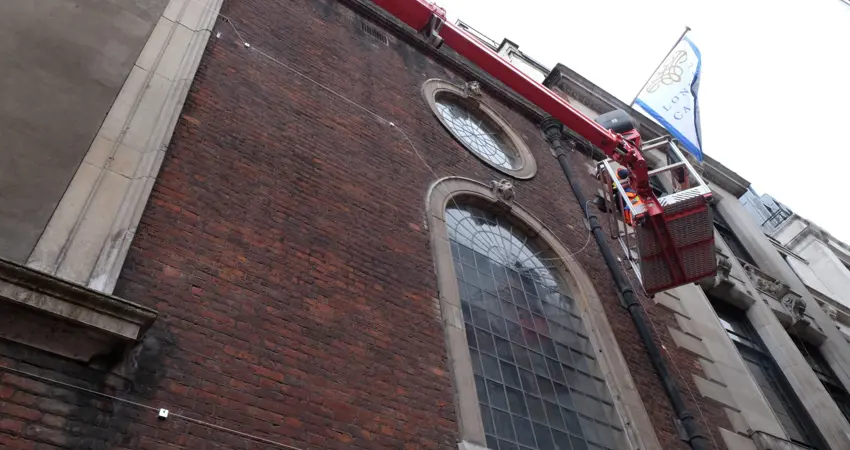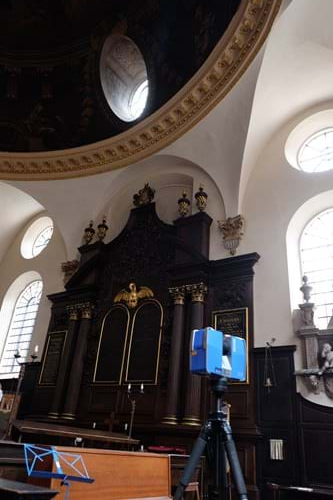14 Sep 2023
Professor Sinan Acikgoz receives Manby prize from Institution of Civil Engineers

Associate Professor of Engineering Science Sinan Acikgoz recently won the Institution of Civil Engineers Manby Prize for a paper published in the ICE Journal: Géotechnique. The Manby Prize, one of ICE’s publishing awards, was instituted in 1857 by Charles Manby, then Secretary of the Institution, for the best paper covering Information and Communication Technology (ICT), Geographic Information Systems (GIS) or Building Information Modelling (BIM) in their broadest sense. Each year an author is selected from either industry or academia who has produced work judged by their peers to be of exceptional quality and benefit to the civil engineering, construction and materials science community.
The paper discusses innovative displacement and strain monitoring of a listed masonry church undergoing ground movements due to nearby tunnelling in London Clay. Novel laser scan displacement monitoring and fibre optic strain sensing was used, in addition to conventional surveying and tilt monitoring, to investigate the concerns of building owners and mitigate uncertainties relating to the soil-structure system nearby.
Professor Acikgoz says, “It is an honour to receive the Manby Prize for our paper. The fibre optic and laser scanning based sensing techniques that we used to monitor the response of a 17th century Wren church during the nearby construction of a large underground facilities in London were new to the industry. We spent several anxious months during the early stages of construction, waiting to see if these sensing techniques will work under the harsh site conditions and deliver useful data for the building owners, infrastructure developers and the research community.”
 During construction, detailed monitoring of displacements and strains was conducted across the building facades and the tower. The same techniques were also used to monitor the painted dome of the church where conventional displacement monitoring was not feasible. The proposed sensing techniques provide new data on the influence of pre-existing damage and tunnel advance on soil–structure interaction.
During construction, detailed monitoring of displacements and strains was conducted across the building facades and the tower. The same techniques were also used to monitor the painted dome of the church where conventional displacement monitoring was not feasible. The proposed sensing techniques provide new data on the influence of pre-existing damage and tunnel advance on soil–structure interaction.
He adds, “The result that we discuss in this paper have highlighted research questions that need to be answered to enable safe underground construction under historic urban areas; these questions have motivated my research efforts ever since. The project owes its success to effective collaborations with colleagues from the Cambridge Centre for Smart Infrastructure and Construction, University of Naples Federico II, Geocisa and Transport for London.”




